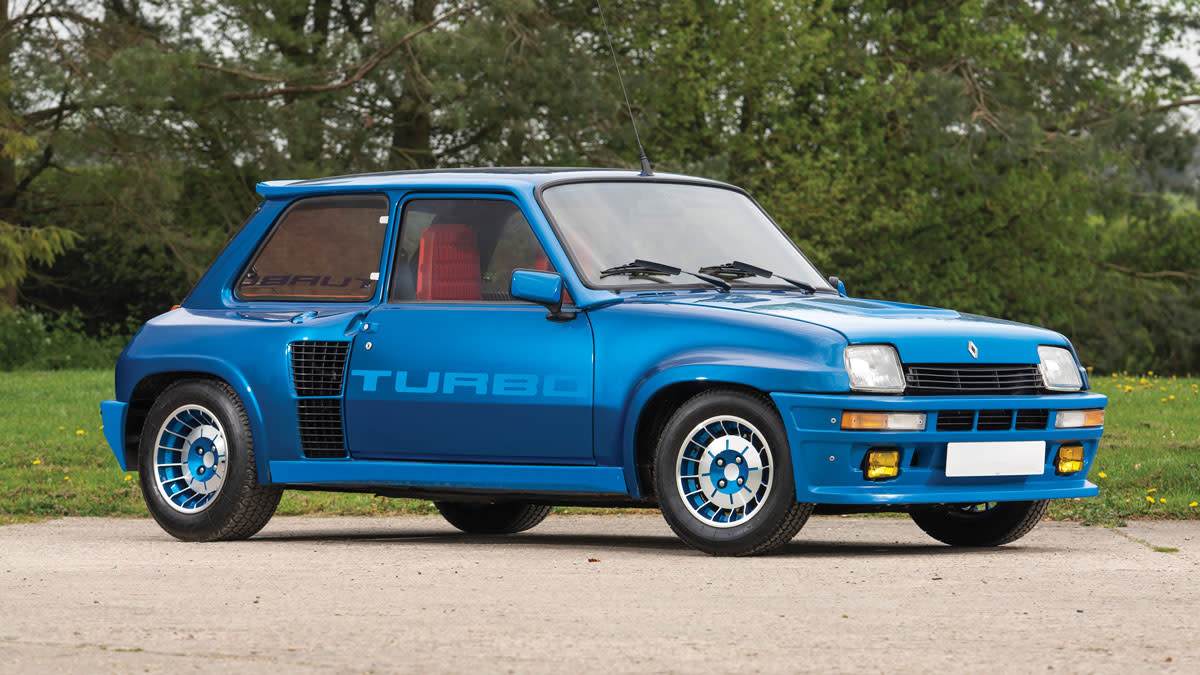
Of all the “hot hatches” ever made, they don’t get much hotter—or more exciting—than the game-changing Renault R5 Turbo. Made from 1980 through 1984 (during the Dark Ages of U.S. safety and emissions regulations), the diminutive French confection was loosely derived from the quotidian Renault 5, a model brought stateside from 1976 through 1983. The latter, rebranded as Renault’s Le Car, was one of the last gasps of French imports that came to America, brilliant in concept but fairly awful in every practical way.
The Renault 5 featured a 1,300 cc inline-four engine that, when de-smogged, wheezed out 51 hp, and had bodywork that rusted fresh from the factory. Its beastly R5 Turbo twin, though, was designed as a rally car in the spirit of Lancia’s Stratos. Launched at the Brussels Motor Show in January of 1980, the R5 Turbo has a shape and general dimensions that are similar to the Renault 5, but unlike that FWD design, the R5 Turbo was entirely different under the skin.
More from Robb Report
The inline-four engine is longitudinally mounted midship, where the rear seat used to be, with the five-speed gearbox hanging aft. Though displacing only 1.4 liters, the Bosch K-Jetronic fuel-injected engine makes about 158 hp in street-going form. Production volume for homologation was far exceeded by demand, and by the end of the run, nearly 5,000 examples of two series were made (1,820 of the Turbo 1 and 3,167 of the Turbo 2).
The design was by Bertone’s Marc Deschamps, under the auspices of the Italian coachbuilder’s chief designer at the time, Marcello Gandini. (Proof that not just a Lamborghini Countach can have attitude.) The wide rear fenders, massive side air intakes, and a large engine cover behind the driver and passenger are easy clues that this is no ordinary econobox. Fat tires at all four corners (plus one in the front trunk) give the R5 Turbo a bulldog stance.
The interior of the Turbo 1, which features a cubistic red-and-blue design, was as stylish as that of any concept car of the day. The next-generation Turbo 2 was made less expensive by using fewer alloy parts and giving it an interior derived from the sporting R5 Alpine. Performance didn’t suffer, however, with a zero-to-62 mph time of about 6.9 seconds and a top speed of 120 mph. But numbers don’t tell the story; handling and excitement are the R5 Turbo’s strong suit, and it had few equals in its day when it came to fun-per-pound (under 2,200 pounds).
Original plans to bring the R5 Turbo to North America never came to fruition, but enterprising gray marketeers, such as Sun International, brought a handful to the continent when the cars were new. The R5 Turbo was never inexpensive, and justifiably so for what was essentially a handmade homologation special.
In 1981, an R5 Turbo driven by Jean Ragnotti won the Monte Carlo Rally—its first appearance in the World Rally Championship series. Less accomplished drivers experiencing one of Renault’s tiny terrors (nearly a foot shorter than the original Mazda Miata) for the first time will be delighted, but soon realize that the car’s close-ratio gearbox demands that the engine be revved, and turbo lag comes along for every ride. The on-off power, exacerbated by lots of mass in the rear and a light front end, make oversteer a reality. But the fun quotient is the real reason to drive the model.
While enthusiasts used to have to do backflips to get a new R5 Turbo in the U.S. during its heyday, an example can be easily imported now, given that the model is more than 25 years old. And although most of the cars offered will be found in Europe, they regularly surface at stateside auctions and online. Parts are generally available, and online groups provide needed support.
As mentioned, the original Renault 5 was the poster car for rusting straight off the production line, so the structural integrity of chassis and bodywork is worth noting on any R5 Turbo being considered for purchase. Prices for an example in good condition hover at, or under, $100,000, while $160,000 or more is not unreasonable for one in concours-quality condition. The Turbo 1 commands a higher price than the more common Turbo 2, and the original generation’s dramatic interior and purpose-built bits make it the ultimate R5.
Click here for more photos of this 1980 Renault R5 Turbo 1.
Best of Robb Report
Sign up for RobbReports's Newsletter. For the latest news, follow us on Facebook, Twitter, and Instagram.
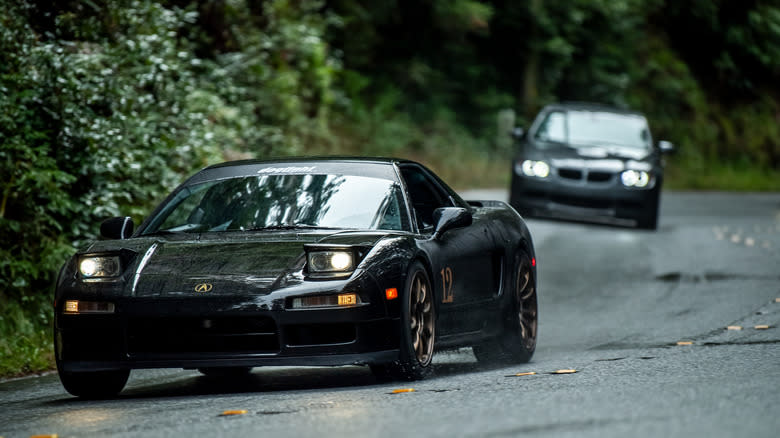

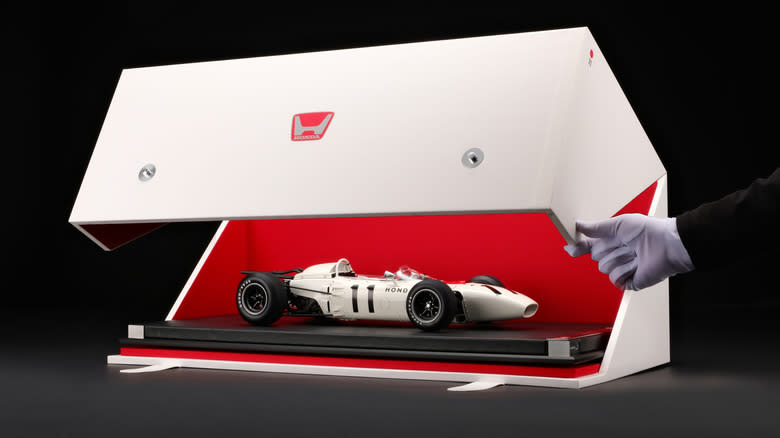
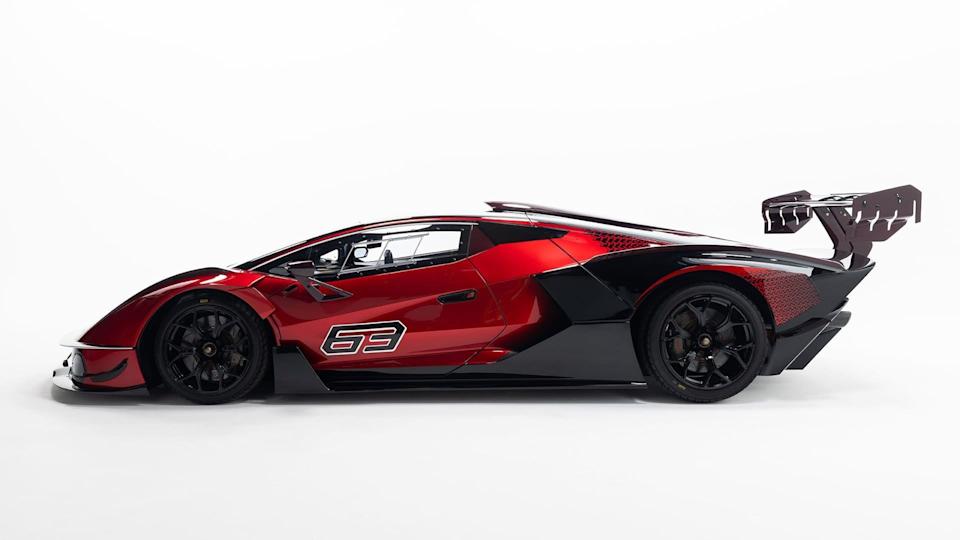
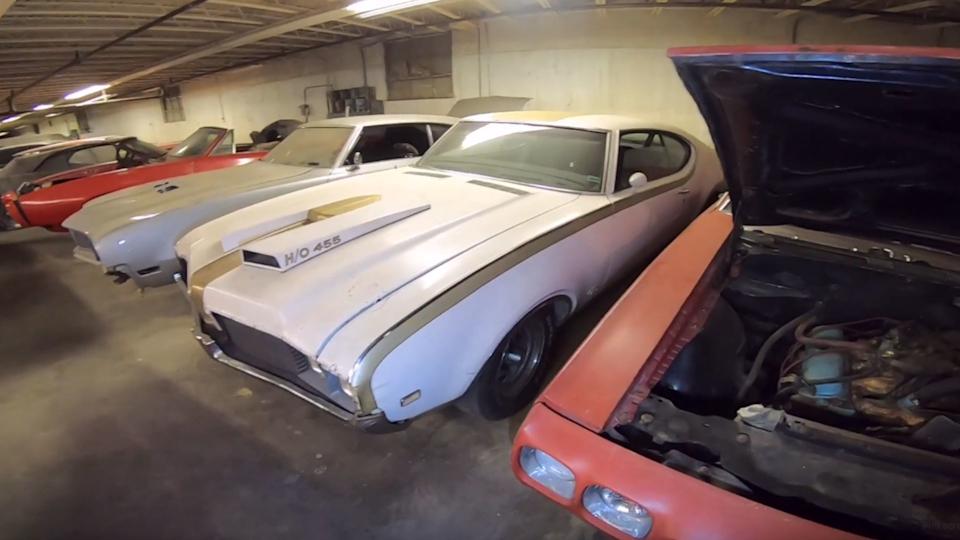
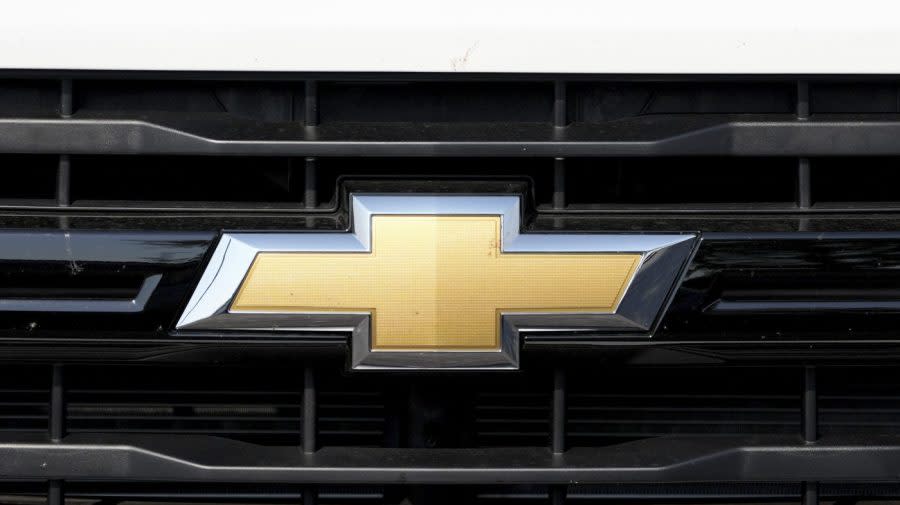
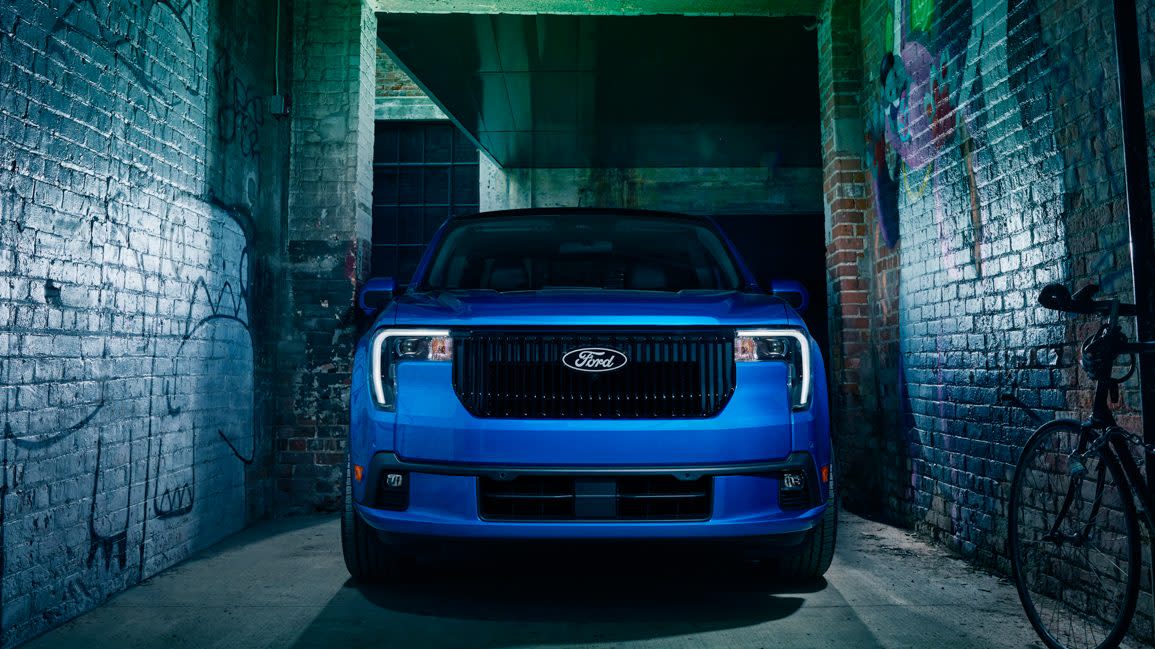
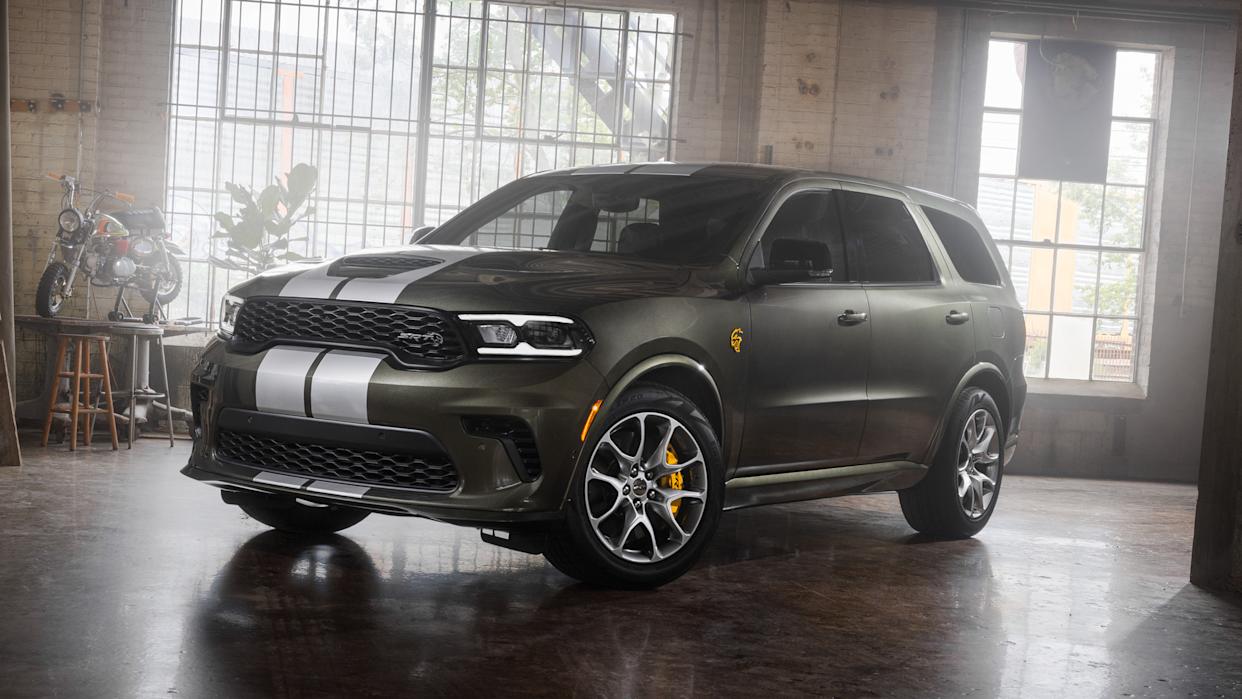
Comments